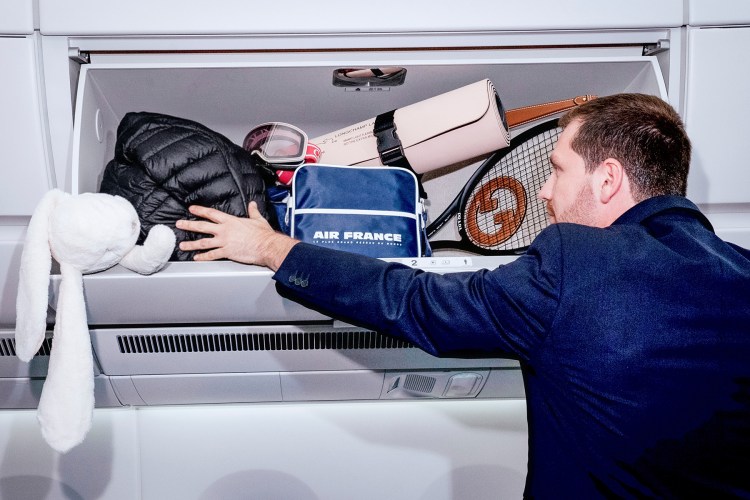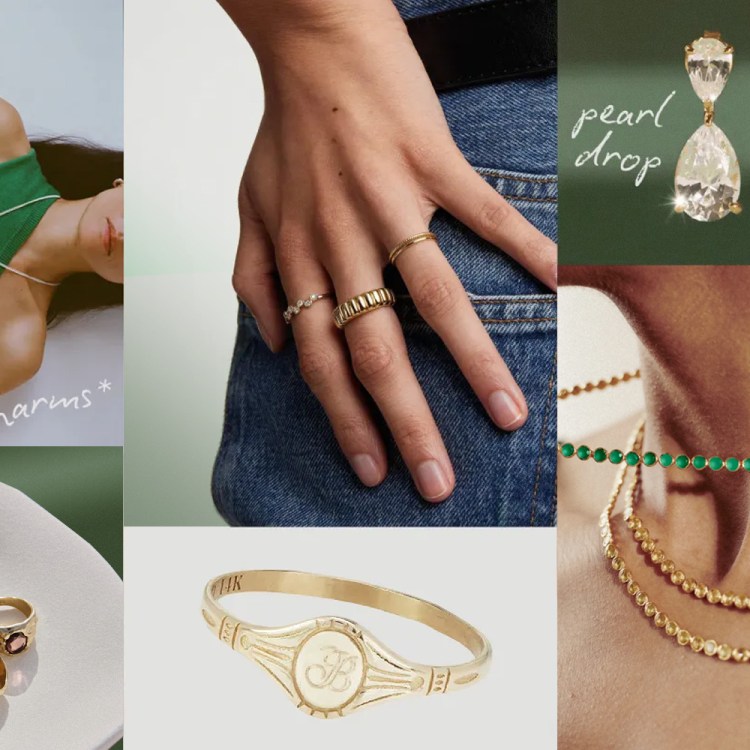It’s only been a few months since Mike Shively left the award-winning architecture firm Morgante Wilson to strike out on his own. He’s been rolling up his sleeves in Chicago for over a decade and, at his new practice, he’s bringing a distinctly modern spirit to a residential home market built on tradition.
Says Shively: “the post-fire urban planning and rigid building code set the stage for builders to build a lot of the same buildings.” He sees it in his own neighborhood of Wicker Park: all bungalows, greystones and frame two-and-three-flats.
“It’s happened over the last 100 years,” he says, “but it provides an opportunity for creative thinkers to bounce off the conventions.” Should you want to do said bouncing, Shively is your man. Proof is in the portfolio.
We spoke to the architect for a few tips on updating the traditional Chicago home into a comfortable, modern fortress. Shively’s parting advice: “Your contractor should never have final say. Look at the bigger message. Start with hiring a designer. Ideas are cheap compared to what it costs to build them, so you need someone thinking creatively on how to get things done.”
1. Be thoughtful with your existing structure
“Chicago buildings are long and narrow, with windows in the front and back,” Shively explains. At his Wicker Park three-flat (pictured above), Shively brightened up the space by bringing natural light in from the center through skylights and a bridge. From a floor plan perspective, he says, “follow the light.”
“And are there new ways to maximize space?,” he adds. “For a client in Bucktown, we flipped the unit so the master bedroom was in the front of the house and living room was in the back, with the kitchen in the center. What’s the smartest use of the space?”
2. Traditional buildings do not mean traditional styling
“Chicago buildings are brick, which lends itself to more traditional styling. Even in the building boom of the early 2000s, you still see a lot of traditional buildings going up in Chicago. With traditional exteriors come traditional plans: defined rooms, crown molding, subway tile — all of it.”
But it doesn’t have to be that way. Shively’s advice: “Borrow unused space with an open-plan arrangement. I look for the longest vista within a space and try to line up the axis to see all the way through the home.” In other words: long sightlines are your friend. Not only can they extend the space, but they create a balanced flow from room to room.
3. Sustainability means more than just sustainable architecture
“Sustainability became a big trend in the last housing boom, but in a very top-down way. I had clients spending a ton on solar panels and geothermal, but then went to the mart for the latest fixtures and finishes. Lately, I’m working with local artisans who use reclaimed materials to make one-of-a-kind furniture and light fixtures.”
Shively’s favorites: “Lighting designer Ted Harris. He makes fixtures out of old industrial parts. I also love Circa Modern. My clients are shopping more at local vintage shops pieces than, say, at a Restoration Hardware.” For more ideas, check out our picks for Chicago’s best vintage furniture shops.
This article was featured in the InsideHook Chicago newsletter. Sign up now for more from the Windy City.






















